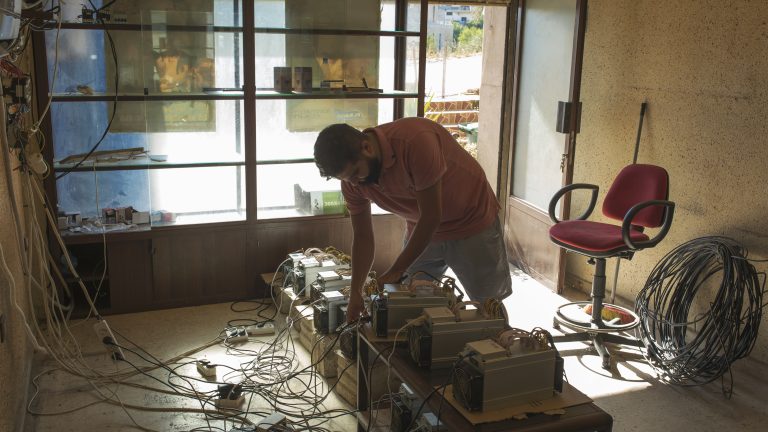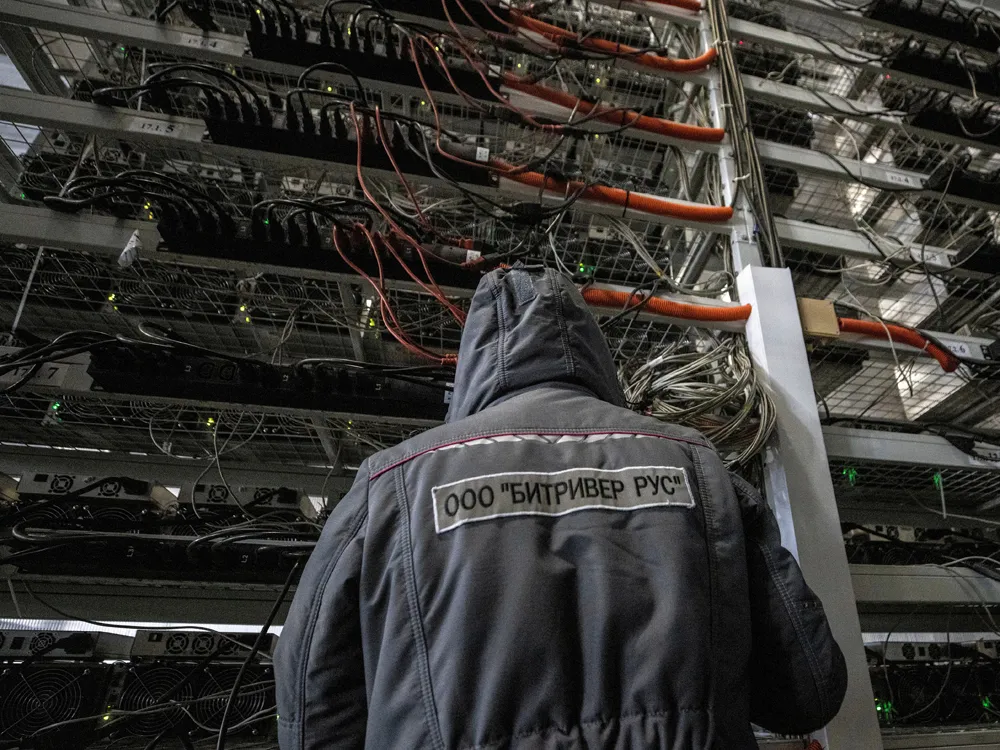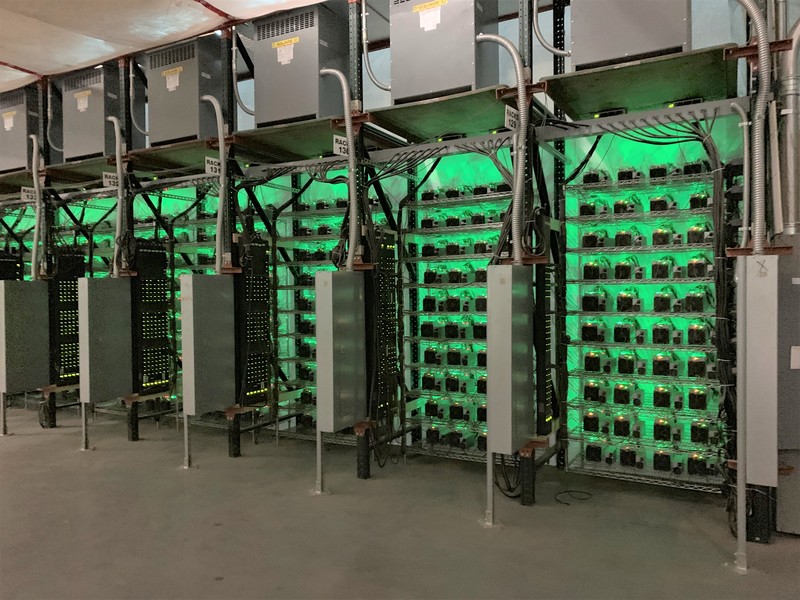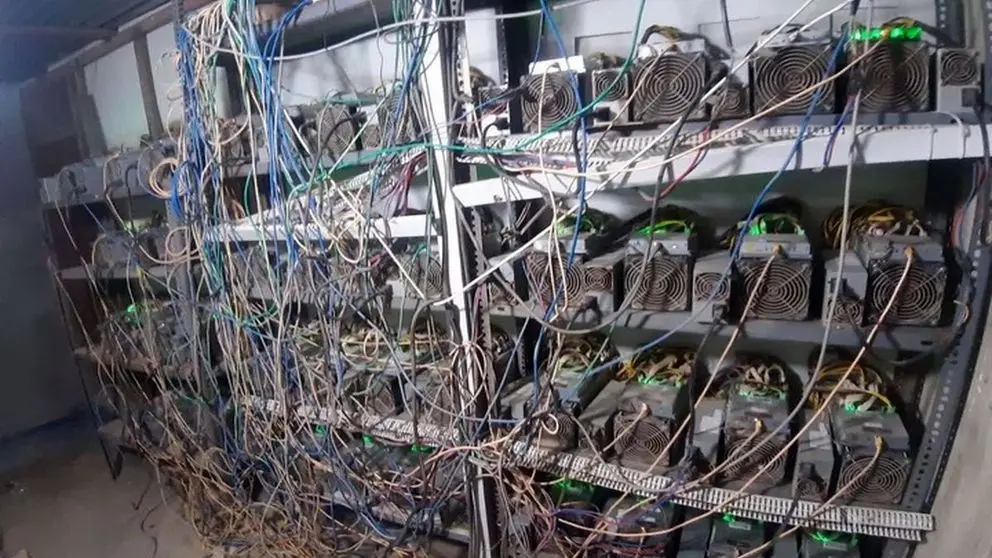When you think of Silicon Valley, images of sleek tech campuses, world-changing startups, and futuristic innovation likely come to mind. But beneath the surface, a secretive subculture is thriving: underground crypto mining. While cryptocurrency mining is well-known, its underground counterpart has created a mix of fascination, controversy, and regulatory headaches in the tech capital of the world.
Learn the ins and outs of underground crypto mining, why Silicon Valley has become a hotbed for these operations, and the ripple effects they create in the worlds of technology, law, and the environment.
What Is Underground Crypto Mining?
At its core, underground crypto mining refers to unregulated or hidden operations that mine cryptocurrencies such as Bitcoin or Ethereum. Unlike legitimate mining farms, these setups avoid legal oversight, often taking place in basements, abandoned warehouses, or repurposed tech spaces.
- Why It’s Underground: Operating without the proper permits or regulations allows these miners to bypass high energy costs, avoid taxes, and remain anonymous. However, it also puts them at odds with local laws and utility companies.
- The Endgame: Like above-board operations, the goal of underground miners is to solve complex cryptographic puzzles to earn digital currencies. The difference is how they skirt regulations to maximize profits.
Why Is Silicon Valley a Hub for Underground Crypto Mining?
Silicon Valley offers the perfect storm of resources and expertise for underground crypto mining:
1. Access to Cutting-Edge Hardware
- The region is home to some of the best GPUs, ASICs (Application-Specific Integrated Circuits), and servers globally—critical components for mining rigs.
- Surplus or discarded tech from startups often finds its way into these underground setups, giving miners high-end equipment at little to no cost.
2. Abundance of Tech Talent
- Engineers and programmers with blockchain expertise are abundant in Silicon Valley. Their skills are often leveraged to optimize mining rigs, improve efficiency, and stay ahead of detection.
3. Energy Availability
- While energy prices are high, underground miners exploit creative solutions like renewable energy integration or even siphoning electricity illegally.
4. Cryptocurrency Culture
- Silicon Valley’s startup ecosystem embraces crypto as a transformative technology, creating a fertile environment for experimentation—even in the shadows.
How Does Underground Crypto Mining Work?
Underground crypto mining operations rely on a mix of high-tech equipment, ingenious tactics, and sometimes outright illegal methods to remain profitable and undetected. Here’s an in-depth look at the processes and strategies used by miners working in the shadows:
1. Setting Up the Operation
Establishing a mining rig involves procuring the necessary hardware, configuring software, and securing a power source—though underground setups often cut corners to save costs and avoid detection.
- Hardware Requirements:
- GPUs (Graphics Processing Units): The backbone of most mining rigs, GPUs handle the intensive computations required to mine cryptocurrencies like Ethereum.
- ASICs (Application-Specific Integrated Circuits): Specialized hardware optimized for Bitcoin mining, offering higher performance and energy efficiency compared to GPUs.
- Cooling Systems: Mining hardware generates enormous heat, requiring advanced cooling solutions like liquid cooling or industrial-grade fans to prevent overheating.
- Software and Blockchain Access:
- Miners install specialized software, such as CGMiner or NiceHash, to connect to the blockchain network and begin solving cryptographic puzzles.
- These programs monitor the rig’s performance, optimize energy usage, and ensure compatibility with mining pools.
- Underground Tactics:
- Repurposing Tech: Many underground miners acquire discarded or surplus hardware from Silicon Valley startups, often at steep discounts or for free.
- Covert Locations: Operations are often hidden in basements, garages, or abandoned warehouses. Some even use false walls or secure basements to obscure their activities.
2. Joining Mining Pools
To maximize their chances of earning cryptocurrency, underground miners frequently join mining pools. These pools allow multiple miners to combine their computational resources, sharing both the workload and the rewards.
- How Mining Pools Work:
- Each miner contributes a portion of their processing power to the pool.
- The pool collectively works on solving a block, and when successful, the rewards are divided proportionally based on each miner’s contribution.
- Advantages for Underground Miners:
- Steady Income: Instead of relying on the luck of solo mining, pool members receive smaller but more consistent payouts.
- Anonymity: Underground miners often use pools that prioritize privacy, masking their IP addresses and payment details.
- Risks of Joining Pools:
- Pool operators can sometimes take an unfair share of the rewards.
- In some cases, pool data can be subpoenaed, potentially exposing underground operations.
3. Energy Hacks
Energy is one of the biggest costs in crypto mining, and underground operations often employ questionable methods to minimize expenses and evade detection.
- Illegal Power Tapping:
- Meter Tampering: Some miners manipulate utility meters to underreport energy usage, significantly lowering their power bills.
- Unlawful Connections: In extreme cases, miners tap directly into power lines, bypassing meters altogether. While this saves money, it carries a high risk of detection and prosecution.
- Renewable Energy Exploitation:
- Underground miners are increasingly turning to solar panels or small-scale wind turbines to power their rigs off the grid.
- This reduces their visibility to utility companies and lowers operational costs in the long term.
- Operational Tactics:
- Night Operations: Mining rigs are run at night to blend in with peak residential energy consumption, making anomalies harder to spot.
- Rotational Usage: Miners alternate rigs to avoid sudden spikes in energy usage that could raise red flags.
- Challenges with Energy Hacks:
- Utility companies are using advanced AI and machine learning tools to detect irregular energy consumption patterns.
- Severe penalties, including hefty fines and criminal charges, await those caught tampering with power systems.
Environmental Concerns: Is Crypto Mining Eco-Friendly?
One of the largest criticisms of underground crypto mining is its environmental impact. Mining operations require immense amounts of energy, and secretive setups often disregard eco-friendly practices.
- Energy Consumption: Mining one Bitcoin can use as much electricity as the average household consumes in a month.
- Carbon Footprint: Without renewable energy, underground operations contribute significantly to greenhouse gas emissions.
- Water Usage: Cooling systems for high-performance rigs demand significant water resources, often leading to waste.
Legal Issues Facing Underground Crypto Mining
Operating under the radar comes with risks. Authorities in California have cracked down on underground crypto mining, citing violations like:
- Energy Theft: Illegal tapping into power grids not only increases costs for residents but also risks infrastructure damage.
- Zoning Violations: Setting up mining operations in non-industrial areas is against local regulations.
- Tax Evasion: Miners operating underground often fail to report their earnings, opening themselves to significant penalties.
Technology Driving Underground Crypto Mining
Despite its challenges, underground crypto mining benefits from some of the most advanced technologies available:
- AI Optimization: Artificial intelligence tools are used to monitor mining rigs and maximize efficiency.
- Renewable Energy Integration: Solar panels and wind energy systems are increasingly being used to offset costs and reduce detection risks.
- Noise Reduction Tech: Sound-dampening systems keep mining rigs quieter, making them harder to locate.
How Is Crypto Payout Handled?
Most underground crypto miners rely on anonymous payout methods like cryptocurrency wallets, enabling them to transfer earnings without leaving a paper trail.
- Payout in Crypto: Bitcoin and Ethereum remain the most common payout options. These currencies are widely accepted and easy to exchange for cash.
- Decentralized Finance (DeFi): Underground miners often use DeFi platforms to convert crypto into fiat currencies while bypassing traditional banks.
The Risks of Underground Crypto Mining
While the financial gains can be significant, the risks often outweigh the rewards:
- Legal Consequences: Getting caught could lead to hefty fines or even imprisonment.
- Environmental Harm: Overloading energy grids can lead to power outages and long-term ecological damage.
- Safety Hazards: Poorly maintained rigs increase the risk of electrical fires.
The Future of Underground Crypto Mining in Silicon Valley
As cryptocurrencies become more regulated, underground mining may face increasing scrutiny. However, the demand for digital assets and the entrepreneurial spirit of Silicon Valley could ensure these operations persist—albeit in more sophisticated forms.
Will Regulation Stop Underground Mining?
- Tightening laws could drive miners further underground, making operations harder to detect but potentially riskier.
- Advances in green technology may make legitimate mining more viable, reducing the appeal of underground setups.
What Does This Mean for Silicon Valley?
Silicon Valley’s underground crypto mining scene highlights the complex interplay of innovation, legality, and ethics in the digital age. While these secretive operations pose challenges, they also underscore the limitless creativity of the region’s tech community.
As regulators, environmentalists, and tech enthusiasts clash over the future of cryptocurrency, Silicon Valley remains a microcosm of the global crypto debate—a space where opportunity and controversy collide.





